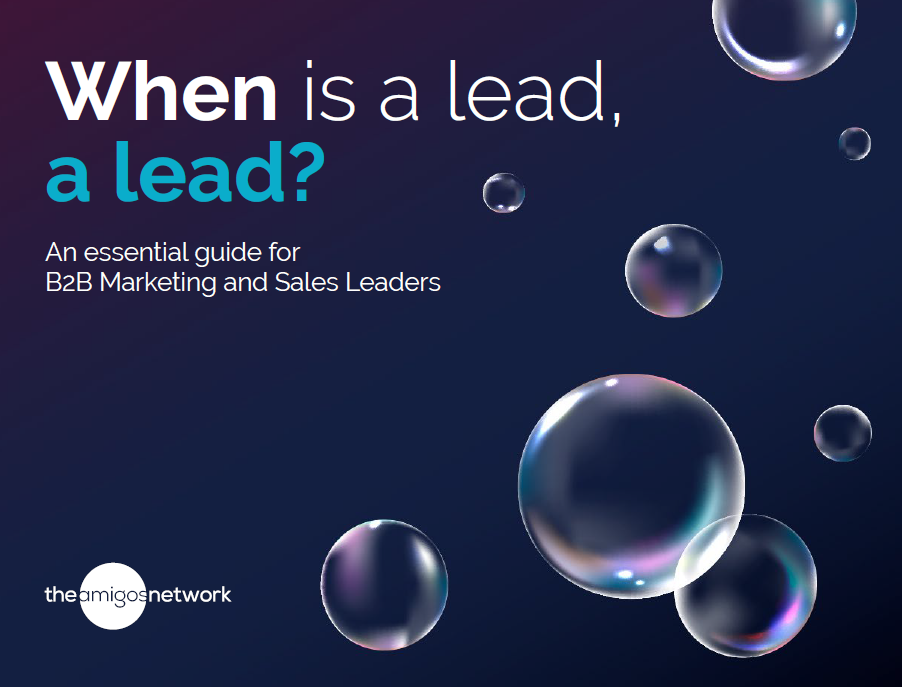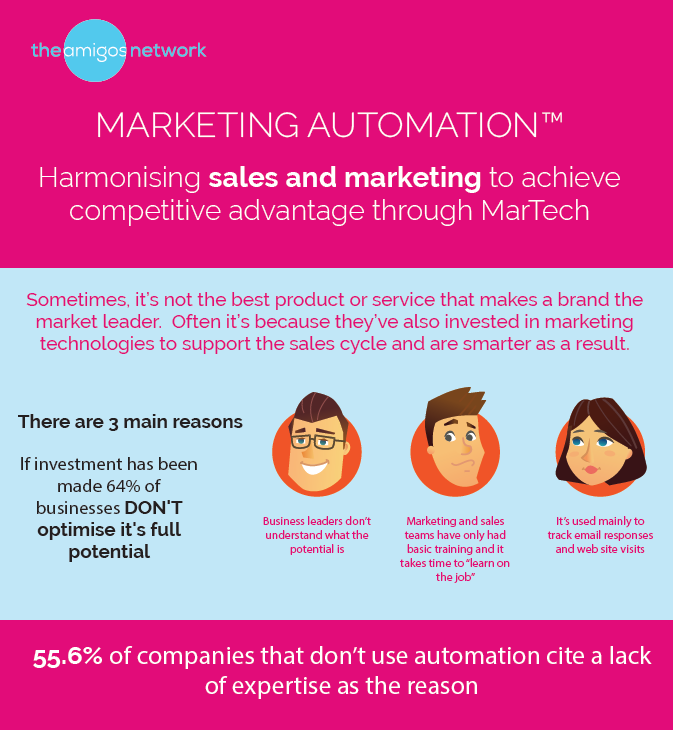Tuesday, November 08, 2022
Buying processes have changed and have been changing for quite some time.
Many sellers are still applying the same logical criteria to lead evaluation they've done for years and believe they can pinpoint a clear handoff from marketing to sales. Even more critical is these metrics are used to predict pipelines which will quickly become skewed if inadequately informed by live data throughout the process.
What are the shifts in the buying process?
Even before the pandemic a digital shift was happening, and the dependence has been accelerated as demonstrated by Gartner, Inc. when they published figures a couple of years ago showing 27% of buyers’ time was spent on independent research online, compared with 17% of their time spent meeting with suppliers – whether online or in person.
A drive to simplify purchase decisions
Buyers have recognised the need to simplify and streamline purchasing decisions as much as possible, but it can still be a very complex process with perhaps up to 10 people having contributed to the end result.
Segmentation & Personalisation
Not everyone involved in the decision-making process will be C-Suite. Know who you should be talking to in each organisation and make sure information is available for anyone likely to be involved in the decision. This offers a far greater chance to be considered and have a better chance of progression. Information needs to be readily available.
Content to mirror the buying process
Because of the buyer reliance on self-serve and online research, this requires marketing to be able to facilitate far greater depth of information to be readily available. It also means sales shouldn't be quite so quick off the mark by jumping on every click and download.
Buyers work remotely too
Even the most highly motivated sales team will find it much more difficult to speak to a decision maker than they did 3 years ago as they’re likely to be on a mobile rather than a DDI. This means your content needs to work harder to engage them and have them reaching out to you!
Sellers aren’t needed until later on
By the time a buyer is ready to talk to a seller, they’re around 57% into their decision-making process. Putting effort into sustained engagement over a longer period is now imperative with great content, multiple delivery channels and sophisticated MarTech being requirements to create and manage interest and intent markers.
What does the “new” buyer look like?
- They’re better informed because of the amount of research that’s available online.
- They’ll cut through the corporate mantra and look for information that can be backed up by further research
- They’re influenced by their peers and favour communities over a hard sell.
- The decision rarely sits with one person, they are part of a group. Focusing on one level such as the C-suite, is a poor decision made by sellers.
- Buyers are consumers too. This influences how they like to engage in their work life so one content channel doesn’t fit all.
- They prefer personalisation based on the content they’ve previously consumed so they can build their point of view.
- They expect comparisons between competitors
Some further food for thought
Only 13% of B2B buyers think sales teams genuinely understand their needs. This is because buyers make it their business to be better informed with some citing they “know more than the salesperson”. As a result, less than 30% of B2B buyers want to talk to sales when purchasing, preferring to engage pre-sales or engineering teams to fill in the gaps in their knowledge to help them make the right buying decision.
Marketing and sales need to understand they can no longer control buyers’ journeys, but they can be part of the process if they get it right. To do this, they need to work far more closely together – they are no longer linear activities and, to be effective, need to be integrated as a process.
Consider also how this impacts your partner channels if you use them. Brand amplification, demand creation and lead progression should not be isolated in silos.
Is BANT still relevant? Certainly by the time you enter the sales process, but before that, the GPCT (Goals, Plans, Challenges, Timeline) methodology is considered to be a modern version of BANT.
It's because the GPCT method focuses on harnessing a deeper understanding and offering longer-term resolution to problems than a specific need at a specific point in time.
Time for a rethink?
It’s clear things aren’t the same as they were, but with IT and Security budgets continuing to rise (Globally 3% in IT and 10% in Security) against a backdrop of downturns in general, the time is now to make the necessary changes to capitalise on market growth.
What does success look like?
Well, of course, more revenue. But to get there, buyers should no longer be simply part of your sales and marketing strategy, they must sit at the heart of your customer journey.
Get the lowdown on when a lead is a lead in our new whitepaper.































